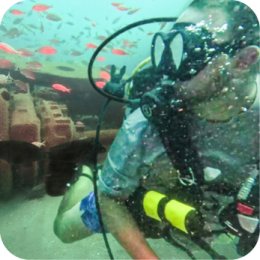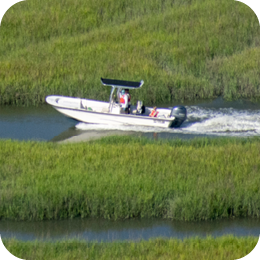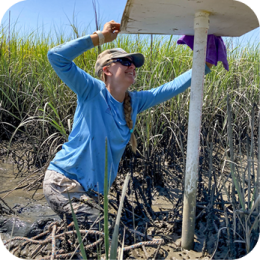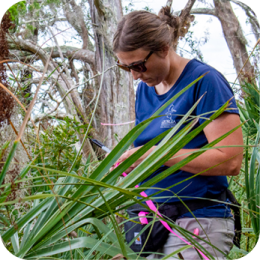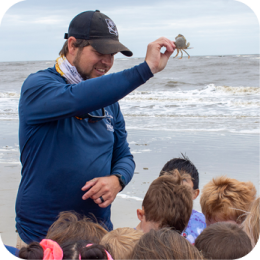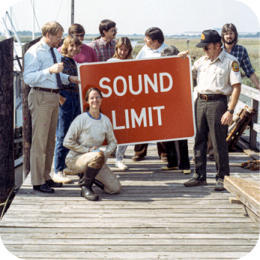
Fort Mountain State Park
Diverse geography, topography and climate zones in Georgia create an incredible variety when it comes to natural habitats and native wildlife. Easily, one can say the most exciting thing to do at Georgia State Parks is to simply observe nature around you. In addition, Georgia’s location along a migratory route ensures seasonal wildlife that never fails to fascinate and entertain. This is most evident when it comes to the number of different birds you may spot in our parks. There are over 300 species, including colorful examples such as painted buntings, ruby throated hummingbirds, bald eagles, wood storks and great egrets.
From river otter to raccoon, bullfrog to salamander, gopher tortoise to sea turtle, the variety of wildlife makes even the shortest trail seem endless with possibilities. And that’s not counting the alligators: prehistoric looking creatures that patrol the swampy regions—while amazing wide-eyed guests—in the southern most parts of the state. For waterfall lovers, we have many to explore. Your destination park may offer guided nature watching tours, on foot or in a boat. In addition, it may be possible to arrange private group tours in advance.
On the Georgian coast, explore the Colonial Coast Birding Trail. More than 300 species of birds (75 percent of the total species of birds seen in Georgia) have been spotted at the 18 sites along the birding trail.
Come take a trek of discovery along Georgia's Southern River Birding Trail. The trail winds its way from the rolling hills of the Georgia Piedmont on the north southward across the broad expanse of the Coastal Plain before curling eastward and eventually terminating in the Okefenokee Swamp, the Land of Trembling Earth.


